SYDNEY—The size that Australia’s population should be is currently the subject of much debate. The reality is that the population is growing—and rapidly. How Australia deals with it will determine the quality of life for generations to come, argue critics.
In October last year, Australian treasury secretary, Ken Henry, spelled out what many had been observing over the last two decades. Australia’s population was increasing at a rapid rate.
The combined effect of higher immigration and an increase in fertility rates for Australian women had seen a 25 percent increase in the Treasury’s 40-year projections, Mr. Henry told a business leaders’ forum in Queensland.
“Today’s population is about 22 million. So we are now projecting an increase of 13 million people [to 35 million], or around 60 percent, over the next 40 years,” he said.
According to social demographer Bernard Salt, 443,000 people are being added to the Australian continent every year.
“We have upped the birth rate. Generation X are producing about 50,000 more babies per year now than we did in the year 2000 and the level of overseas migration has skyrocketed from an average of about 100,000 per year in the 1990s to around 240,000 now,” he told the ABC.
Australia now has the fastest population growth in the developed world, surpassing that of the U.S. and the United Kingdom, and even many developing countries, including Indonesia and China.
Brisbane and Perth it’s estimated, will double their size to 4 million and 3.5 million respectively, while Sydney and Melbourne are expected to near 7 million by 2049.
Prime Minister Kevin Rudd favors strong population growth.
“I have said before that I believe in a big Australia,” he told a business forum last year. “This is good for our national security. Good for our long-term prosperity. Good in enhancing our role in the region and the world.”
Mr. Rudd, however, admits it will be challenging.
“These challenges underscore the need for national leadership in planning the future of our cities,” he said.
Mark O’Connor, co-author with William Lines of Overloading Australia, says Australia is not equipped geographically to cope with further population growth and the government is talking it up to excite business.
He argues that the erratic water supply, a shortage of arable land, and the lack of infrastructure cannot support large populations.
The 5 percent cut in carbon emissions, proposed in the government’s Emissions Trading Scheme does not factor in population growth, he adds.
“If the Rudd government does not change course, even painful per capita cuts will deliver no overall cuts, but an increase,” he wrote in The Sydney Morning Herald.
Australian businessman Dick Smith is opposed to population growth and says Australia should cut its skilled migration intake, and encourage people to have fewer children.
“Our politicians are completely letting the Australian public down,” he said in the lead up to Australia Day. “Nine out of 10 Aussies don’t want 40 million people here, but there’s no discussion, there’s no debate.”
Former New South Wales Premier Bob Carr, a long-time opponent of population growth, says he is resigned to the fact Australia cannot close its borders. He believes it is not so much the numbers, but the rate at which the population grows that will determine how Australia copes in the future.
“There’s no argument that we’re going to have a strong, robust immigration policy. It is the rate of immigration that is now the issue that faces us,” he said on ABC’s Lateline. “And I am very worried about that. I don’t think we’ve got the carrying capacity. I think our cities can cope; I think there are robust plans in place in Sydney and Melbourne. Higher densities and urban sprawl will be part of it though; that’s unavoidable.
“And I think Australians ought to be appreciating that the argument over the quality of our urban life begins with the rate of population increase, the rate of immigration.”
Former Victorian Premier Steve Bracks, however, is upbeat. He says population growth is unavoidable and while it will be challenging, “a challenge is an opportunity as well.”
“We can’t close our borders. We can’t say to the rest of the world: ‘Whatever happens there is not going to happen in Australia.’ We will have population increase,” he told the ABC.
It is the responsibility of legislators, business, industry, and community to make sure that the increase in population is provided for, he says.
“And there will be opportunities there. Greater density will mean that certain public options become viable; better public transport’s viable ... so there’s all sorts of ways that we can deal with this. But closing our minds and our hearts to people from around the world is not the way that’s going to do that,” he added.
In October last year, Australian treasury secretary, Ken Henry, spelled out what many had been observing over the last two decades. Australia’s population was increasing at a rapid rate.
The combined effect of higher immigration and an increase in fertility rates for Australian women had seen a 25 percent increase in the Treasury’s 40-year projections, Mr. Henry told a business leaders’ forum in Queensland.
“Today’s population is about 22 million. So we are now projecting an increase of 13 million people [to 35 million], or around 60 percent, over the next 40 years,” he said.
According to social demographer Bernard Salt, 443,000 people are being added to the Australian continent every year.
“We have upped the birth rate. Generation X are producing about 50,000 more babies per year now than we did in the year 2000 and the level of overseas migration has skyrocketed from an average of about 100,000 per year in the 1990s to around 240,000 now,” he told the ABC.
Australia now has the fastest population growth in the developed world, surpassing that of the U.S. and the United Kingdom, and even many developing countries, including Indonesia and China.
Brisbane and Perth it’s estimated, will double their size to 4 million and 3.5 million respectively, while Sydney and Melbourne are expected to near 7 million by 2049.
Prime Minister Kevin Rudd favors strong population growth.
“I have said before that I believe in a big Australia,” he told a business forum last year. “This is good for our national security. Good for our long-term prosperity. Good in enhancing our role in the region and the world.”
Mr. Rudd, however, admits it will be challenging.
“These challenges underscore the need for national leadership in planning the future of our cities,” he said.
Mark O’Connor, co-author with William Lines of Overloading Australia, says Australia is not equipped geographically to cope with further population growth and the government is talking it up to excite business.
He argues that the erratic water supply, a shortage of arable land, and the lack of infrastructure cannot support large populations.
The 5 percent cut in carbon emissions, proposed in the government’s Emissions Trading Scheme does not factor in population growth, he adds.
“If the Rudd government does not change course, even painful per capita cuts will deliver no overall cuts, but an increase,” he wrote in The Sydney Morning Herald.
Australian businessman Dick Smith is opposed to population growth and says Australia should cut its skilled migration intake, and encourage people to have fewer children.
“Our politicians are completely letting the Australian public down,” he said in the lead up to Australia Day. “Nine out of 10 Aussies don’t want 40 million people here, but there’s no discussion, there’s no debate.”
Former New South Wales Premier Bob Carr, a long-time opponent of population growth, says he is resigned to the fact Australia cannot close its borders. He believes it is not so much the numbers, but the rate at which the population grows that will determine how Australia copes in the future.
“There’s no argument that we’re going to have a strong, robust immigration policy. It is the rate of immigration that is now the issue that faces us,” he said on ABC’s Lateline. “And I am very worried about that. I don’t think we’ve got the carrying capacity. I think our cities can cope; I think there are robust plans in place in Sydney and Melbourne. Higher densities and urban sprawl will be part of it though; that’s unavoidable.
“And I think Australians ought to be appreciating that the argument over the quality of our urban life begins with the rate of population increase, the rate of immigration.”
Former Victorian Premier Steve Bracks, however, is upbeat. He says population growth is unavoidable and while it will be challenging, “a challenge is an opportunity as well.”
“We can’t close our borders. We can’t say to the rest of the world: ‘Whatever happens there is not going to happen in Australia.’ We will have population increase,” he told the ABC.
It is the responsibility of legislators, business, industry, and community to make sure that the increase in population is provided for, he says.
“And there will be opportunities there. Greater density will mean that certain public options become viable; better public transport’s viable ... so there’s all sorts of ways that we can deal with this. But closing our minds and our hearts to people from around the world is not the way that’s going to do that,” he added.
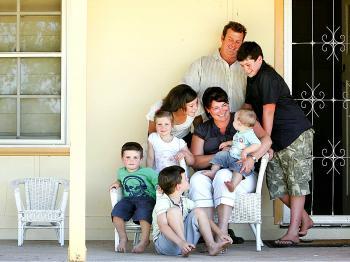
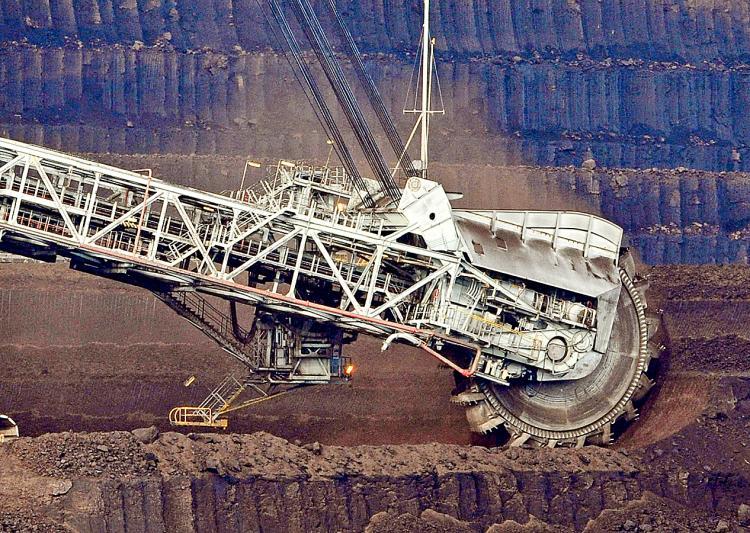
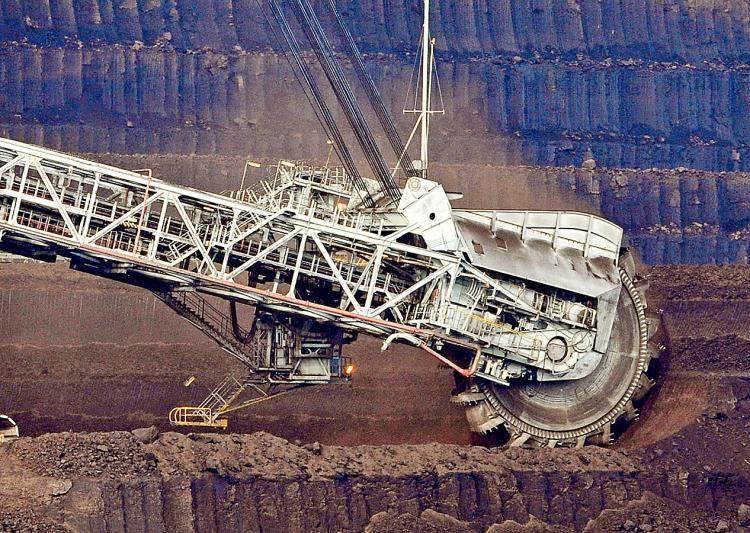
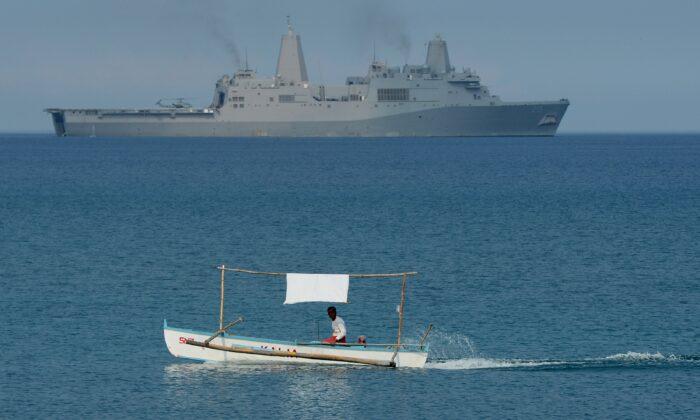
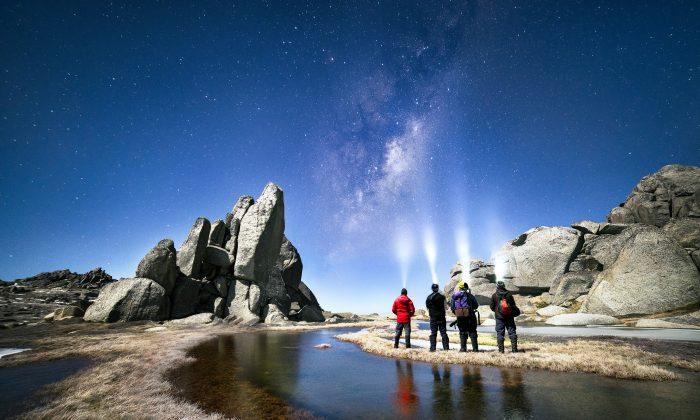
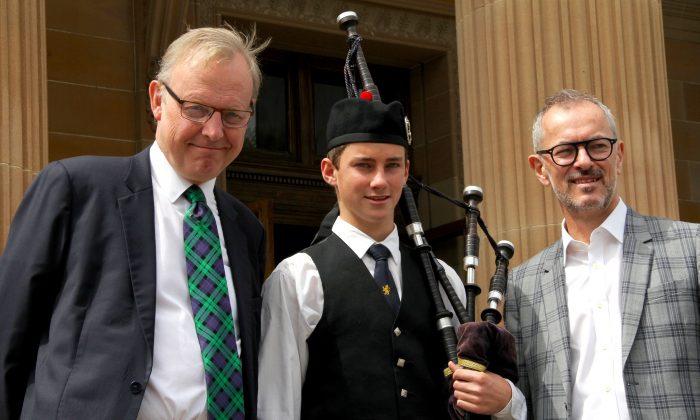

Friends Read Free